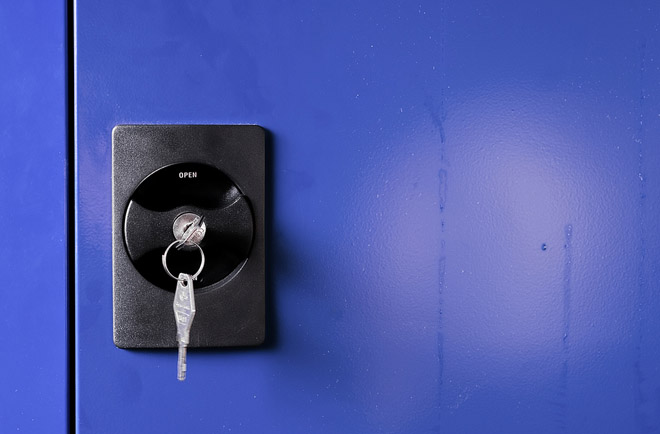How traditional publishing hurts scientific progress
March 22, 2012 | Source: Wired Science
A battle that has raged for over a decade between advocates of open science and publishers of traditional scientific journals is coming to a head, says Michael Eisen, co-founder of the open access publisher Public Library of Science.
Eighty five percent of published papers remain locked behind subscription pay walls, accessible only to those affiliated with universities and other large research institutions.
But new journals that make everything they publish freely available are growing rapidly. And government efforts to make the results of all publicly funded scientific and medical research accessible to everyone are expanding, despite industry-backed legislative efforts to end them.
Traditional scientific publishing also retards scientific progress. To build a system of scientific publishing that optimally serves researchers, health care workers, teachers and the public, we have to sever the acts of publication and assessment.
Research works should be made available to scientists and the public as soon as they are finished — following an initial screen to ensure they are legitimate works of science. The same volunteer reviewers and editors would decide how important they are, and to whom they are important, but they would do so alongside and after — rather than before — publication.
There will be some false starts and a bit of chaos. And we will have to give up some deeply ingrained ideas and practices. But in the last century scientists wiped out viruses like smallpox and polio, landed people on the moon and sequenced the human genome. Surely we can build a system for communicating and assessing our ideas and discoveries that actually adds value.
